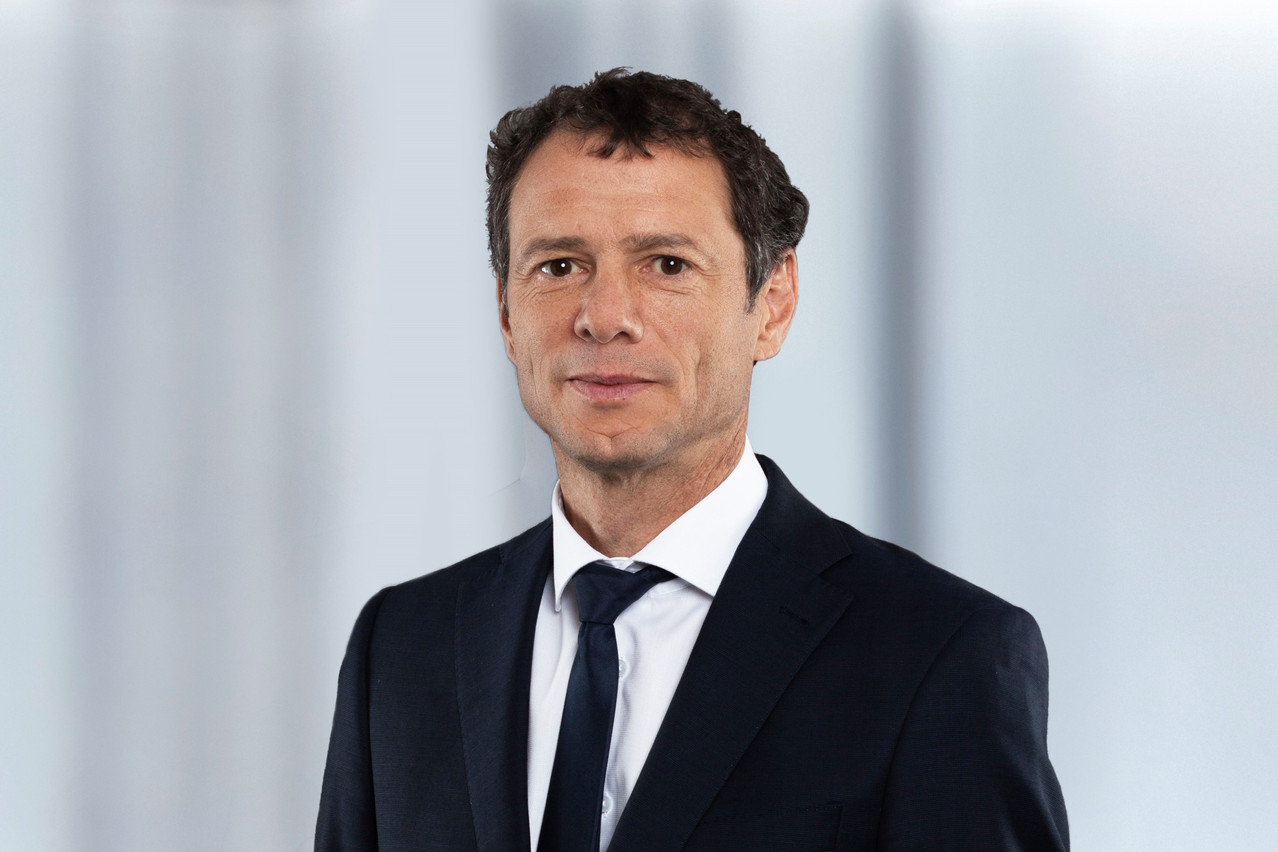In July 2022, the European Central Bank , followed by a , an and another 0.5% increase in December 2022. After its December meeting, the central bank stated in a press release that “interest rates will still have to rise significantly at a steady pace” in order to “ensure a timely return of inflation to the 2% medium-term target.”
“We think the ECB has no real choice but to hike rates by 50bps,” stated a recent commentary by Pictet Wealth Management’s head of macroeconomic research Frederik Ducrozet and senior economist Nadia Gharbi, “and to reiterate its hawkish guidance from December.” The sharp drop in gas prices, an economy that is more resilient than expected and inflation that remains “way too high” mean that the ECB will not “hint at a slower pace of tightening.”
Further efforts are needed to bring the inflation rate back into the central bank’s target range.
“A 50bp increase is pretty much set in stone this week,” agreed an analysis by ING Think published on 31 January. “In all likelihood, guidance for a 50bp March hike will be repeated too.”
Nothing has occurred to justify a deviation from the forecast, said Volker Schmidt, senior portfolio manager at Ethenea. “It is clear that the ECB will raise policy rates by 50bp on both 2 February and in March.” Though inflation has fallen recently, it was at 9.2% in the euro area in December 2022, said the EU’s statistics service Eurostat--well above the ECB’s target of 2%. “Further efforts are needed to bring the inflation rate back into the central bank’s target range,” Schmidt added.
Looking ahead
Carsten Brzeski, global head of macro at ING Research, published on 26 January for ING Think, that “as long as core inflation remains stubbornly high and core inflation forecasts remain above 2%, the ECB will continue hiking rates.”
At its December meeting, the ECB stated that it expects inflation to decrease to 6.3% in 2023, then decline further to an average of 3.4% in 2024 and 2.3% in 2025. One might therefore expect interest rate hikes to continue.
“Our main concern is the massive fiscal policy support in the euro area and its impact on future inflation developments,” said Schmidt. The aid distributed by governments during the pandemic has helped build up “inflationary potential,” which he thinks should be counterbalanced as quickly as possible via even more interest rate increases. “Raising the deposit rate from the current 2% to 3% will not be sufficient. 4%, 5% or even 6% should be the target, accompanied by a timely reduction in ECB’s bond holdings.”
Following its December meeting, the ECB noted that its asset purchase programme will decline starting in March 2023.
The team of Simon Harvey, head of FX analysis at Monex Europe, published a preview ahead of the central bank’s decision. President Christine Lagarde and other ECB members, they wrote, have been firm in following their own guidance on delivering interest rate hikes.
Instead, they said, “attention will likely focus on other issues, mainly on what the ECB’s tightening approach will be from March onwards and whether they will continue to provide a roadmap from which a future terminal rate can be seen or, on the contrary, whether we will return more strongly to the meeting by meeting strategy that had prevailed until a month ago.”

